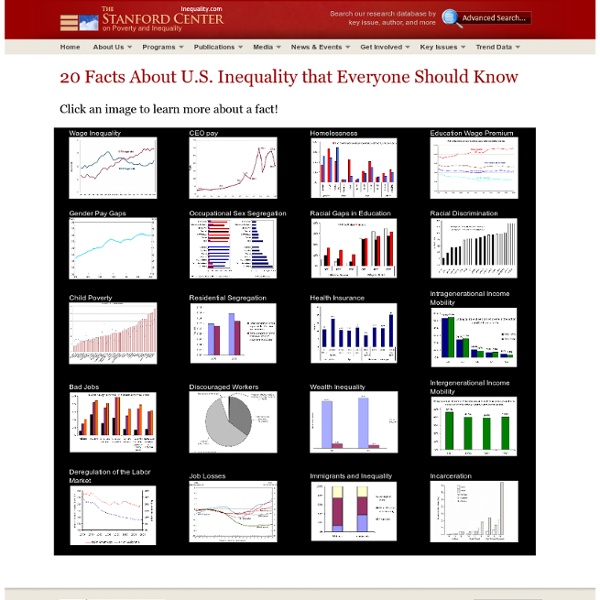



World debt comparison: The global debt clock Collective intelligence: Ants and brain's neurons CONTACT: Stanford University News Service (415) 723-2558 Collective intelligence: Ants and brain's neurons STANFORD - An individual ant is not very bright, but ants in a colony, operating as a collective, do remarkable things. A single neuron in the human brain can respond only to what the neurons connected to it are doing, but all of them together can be Immanuel Kant. That resemblance is why Deborah M. "I'm interested in the kind of system where simple units together do behave in complicated ways," she said. No one gives orders in an ant colony, yet each ant decides what to do next. For instance, an ant may have several job descriptions. This kind of undirected behavior is not unique to ants, Gordon said. Gordon studies harvester ants in Arizona and, both in the field and in her lab, the so-called Argentine ants that are ubiquitous to coastal California. Argentine ants came to Louisiana in a sugar shipment in 1908. The motions of the ants confirm the existence of a collective. -jns/ants-
Forbes Magazine's List of The World's Most Powerful People Starting in 2009, Forbes Magazine compiles an annual list of the world's most powerful people. The list has one slot for every 100 million people on Earth, meaning in 2009 there were 67 people on the list, in 2010 there were 68, in 2011 there were 70, and in 2012 there were 71. Slots are allocated based on the amount of human and financial resources that they have sway over, as well as their influence on world events.[1] Forbes' Most Powerful People, 2013 (top 10)[2] 2012 list (top 10)[3][edit] 2011 list (top 10)[4][edit] 2010 list (top 10)[edit] 2009 list (top 10 selection)[edit] See also[edit] References[edit] External links[edit]
'Mind reading' brain scans reveal secrets of human vision Courtesy of Fei-Fei Li Researchers were able to determine that study participants were looking at this street scene even when the participants were only looking at the outline. Researchers call it mind reading. One at a time, they show a volunteer – who's resting in an MRI scanner – a series of photos of beaches, city streets, forests, highways, mountains and offices. The researchers, however, can usually tell which photo the volunteer is watching at any given moment, aided by sophisticated software that interprets the signals coming from the scan. Now, psychologists and computer scientists at Stanford, Ohio State University and the University of Illinois at Urbana–Champaign have taken mind reading a step further, with potential impact on how both computers and the visually impaired make sense of the world they see. The results demonstrate that outlines play a crucial role in how the human eye and mind interpret what is seen. Steve Taylor / Creative Commons The significance of the work?
Vision of Humanity Stanford Encyclopedia of Philosophy Politics Explained FEUDALISM: You have two cows. Your lord takes some of the milk. PURE SOCIALISM: You have two cows. The government takes them and puts them in a barn with everyone else's cows. BUREAUCRATIC SOCIALISM: You have two cows. FASCISM: You have two cows. PURE COMMUNISM: You have two cows. RUSSIAN COMMUNISM: You have two cows. CAMBODIAN COMMUNISM: You have two cows. DICTATORSHIP: You have two cows. PURE DEMOCRACY: You have two cows. REPRESENTATIVE DEMOCRACY: You have two cows. BUREAUCRACY: You have two cows. PURE ANARCHY: You have two cows. LIBERTARIAN/ANARCHO-CAPITALISM: You have two cows. SURREALISM: You have two giraffes. (Original source unknown . . . this version expanded and Illuminated by SJ.)
Stanford Artificial Intelligence Laboratory